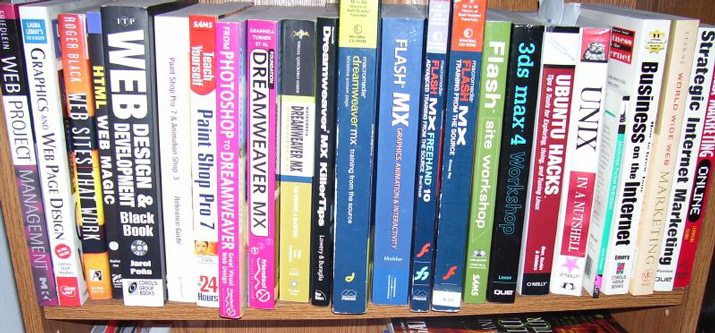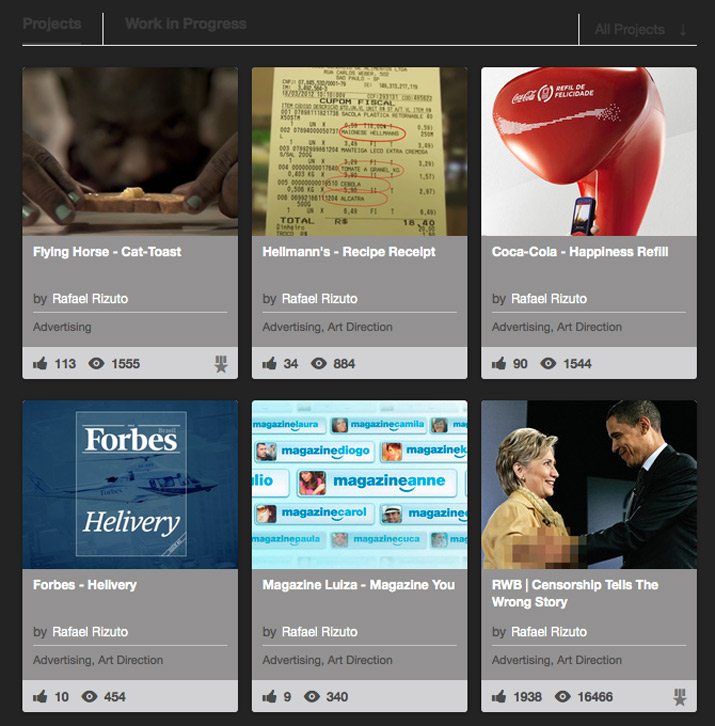10 Tips to Gain More Confidence as a Designer
Sometimes when a project fails, it can be hard to get back on your feet again. We all take the occasional confidence knock from time-to-time. But to see continued success in this tricky industry, it’s important to be able to regroup and recover gracefully.
Here, we’ll look at ten things you can do to gain confidence as a designer. These tips can work for experienced designers after a troubled project, or new designers looking to break into the market. It’s advice worth taking to heart.
1. Find a Niche
The design market can be a crowded one. Don’t try to know everything. Develop a niche. If you are a great web designer or WordPress theme builder, go with it. Or maybe your speciality is print or developing a branding strategy.
Market yourself in a way that works with your skill-set, and take on projects that encourage you to do what you are good at.
2. Learn a New Skill

While finding a niche is a great way to work on things you know well, gaining confidence along the way, learning a new skill can go a long way as well.
Take a class at a community college or online. Read a book. Pick up some new computer software and hit Tuts+ for a few tutorials. Identify something that interests you when you are looking for something new to try. If you hate video, an editing class won’t be all that beneficial. But if you love cool lettering, maybe learn calligraphy or how to create a custom typeface.
By developing a new skill, you will get better in all aspects of your work. You might even find that it makes you work more efficiently and creatively.
3. Be Honest About What You Can Do
One of the biggest problems designers tend to have is overcommitting. “Sure, I can do that.” “Yes, I can have that in one week.” Sound familiar?
Don’t commit to do more than you can handle. Be realistic about how long something will take to finish. Be upfront about time and cost considerations with your boss or clients.
4. Network, Network, Network

It is important to give and receive feedback on a regular basis. Getting that feedback from design peers can be more honest about the design than from clients.
Clients may not like something because it does not match their ideas of what is desired, or conflicts with standards for the brand. But that does not mean a design is bad; it just means it did not work in a certain situation.
That’s when looking for unbiased feedback can be helpful. The design may have really been quite nice, even if it did not work for a particular client.
Join a meetup group in your city, post conversations on online forums or even chat with other designers and share ideas on social media.
Just as receiving feedback is good for helping you grow as a designer, so is giving it. Find a younger or less experienced designer and work with them as well. There’s nothing like explaining and teaching concepts to make you feel like you really “get it.”
5. Take a Fun Job Every Now and Then
It’s called work for a reason, but do occasionally try to take a few fun jobs as well.
By handpicking an enjoyable project, you will feel more in control, and in turn, confident. These jobs may not always be the highest paying – or even paying at all. Some of the most fun you can have with a project can be the creation (or revision) of a personal portfolio, blog, or business card design for a friend.
Regardless, having a little fun can make you feel great about design again when your confidence might be shaken.
6. Design with Purpose
Have a reason for each design decision you make and be able, and willing, to back it up.
Things should not just look great, they should be based in a little science. Become versed in design and type theory, so you can explain the logic of why something is pleasing to the eye.
Support design choices with facts or research. Be able to communicate those choices clearly. Designing to make something pretty is not particularly useful. But making specific choices that contribute to a certain project can go a long way.
By explaining those decisions to a client, you will become more confident in your knowledge of design theory, and able to support your choices. You might even convince someone to take a design risk they would not otherwise!
7. Create and Work Toward Goals
At the beginning of every project, set realistic timeliness and goals. Every checked off item is an uptick on the confidence meter.
Check off accomplishments and don’t be afraid to celebrate successes. These small victories can make you feel like you really are getting somewhere on a project. This can be especially important with large-scale design projects or projects with lots of revisions and “moving parts.”
In addition to project goals, set and work toward long-term goals. Where do you want to be in five years? What kinds of projects do you want to be working on? Where do you want to work and live? Take on jobs and projects that will help you get closer to the things you find important.
8. Update Your Portfolio

Designers tend to judge themselves by the last completed project. If it goes well, things are good; if it goes poorly, it’s another story.
By keeping and up-to-date and complete portfolio, you can regularly keep track of successes and things you are proud of.
It’s a good idea to get on a portfolio update schedule so that you can see your own accomplishments on a regular basis. (It also keeps portfolio updates from being super time-consuming.) Once a quarter, make a point to add your best new projects to your portfolio.
Also consider a public portfolio platform, such as Behance, where users can comment and favorite some of your work. Those little mentions can be great pick-me-ups when you most need them.
9. Enter Contests

Most designers don’t complete a project thinking about contests, but creative competition can be another great way to help build your confidence.
Contests also help you plan, work toward deadlines and better pay attention to and follow very specific rules. This planned structure can be a good exercise for creatives that sometimes think a little outside the lines. Try to enter contests that match your type of work and experience level.
And a win always feels good. (Personally, I count getting the entry done as a win as well; some of them can be monsters when it comes to the rules!)
10. Get Paid
Nothing boosts your confidence like getting paid for your work. Whether you work at a firm, have a strong client base, or design on a freelance basis, getting paid is a sure sign of success. (Especially when you are creating something that you are proud of.)
The creative business can be a fickle one, and failed projects sometimes come with cut rates and refunds for work. Take a minute to applaud yourself for every project that gets finished on time and paid in full. To get there you had to do things right. Use those successes as examples of how to work moving forward.
Conclusion
There are a lot of things that can shake a designer’s confidence – a new job, new client, unsuccessful project, conflicts in taste or style with a client – but what will make or break your career is how you recover.
If you stumble with a project, get out there and try again. Work in a way that helps you build confidence moving forward. Understanding what you are good at (and where you struggle) can help any designer get better and gain confidence.
What other things have you tried to boost your confidence level as a designer? Share your tips in the comments.
Image Sources: ashley_dryden, Burning Red, Rafael Rizuto’s portfolio and Lindsey Turner.